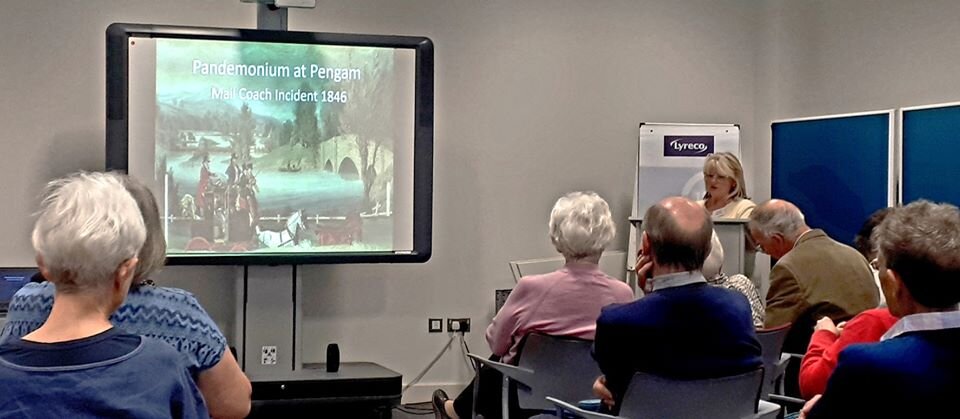One of the key elements of the Gwent Levels landscape is the crucial link between its history, archaeology and the wildlife - that’s what makes it so unique.
With this in mind, Living Levels has brought together two youth groups from across the Levels with very different interests, on a landscape that combines the two beautifully. The Wildlife Explorers (WEX) based at Newport Wetlands and the South East Wales branch of the Young Archaeologists Club (YAC) meet on the same day of the month and are on the look-out for new members.
Kevin Hewitt from the WEX group takes up the story “The inspiration for me was attending the Living Levels supported Day School event last summer at Redwick. It was a bit of a ‘Eureka!’ moment since WEX was going through poorish times and needed a fresh focus, so why not focus locally and link in with the history of the Levels?”
At the same time, Living Levels had been discussing potential archaeological activities with Rebecca Eversley-Dawes of the YACs. So, the solution was easy; why not organise joint activities on the Levels looking at both wildlife and archaeology? – let’s face it, both groups share key interest elements like being outdoors, handling stuff and getting muddy. So that’s what we did, back before we were all told to stay indoors!
20 children and adults from the Chepstow, Newport and Cardiff areas came together for the first Living Levels ‘Heritage Heroes’ activity on the Gwent Levels. We kicked-off with a mile long walk across muddy fields from the Newport Wetlands Centre to St Mary’s Church in Nash, introducing everyone to the medieval ditch network and the wildlife found in and around the reens. The group was greeted by Sue Waters of the 3 Parish Heritage Group, who gave a wonderful history of the church, before donning headtorches and braving its medieval tower, from where the ditch network, Severn Estuary and Bridge, Wetlands, hills to the north and former site of Goldcliff Priory could be seen in all their glory! There was also time for building and wildlife surveys around the church before heading back.
Rebecca Eversley-Dawes of the Young Archaeologists Club sums up the partnership: “YAC is 25 years this year and during our many years based in Newport we have come to rely on the Archaeology which surrounds us to teach us more about our ancestors. Any opportunity to learn something new is welcomed and we look forward to working in partnership with the Living levels project and WEX to combine interests in this archaeological landscape. Our team are looking forward to introducing some much loved activities with others and will enjoy exchanging knowledge of this area.”











